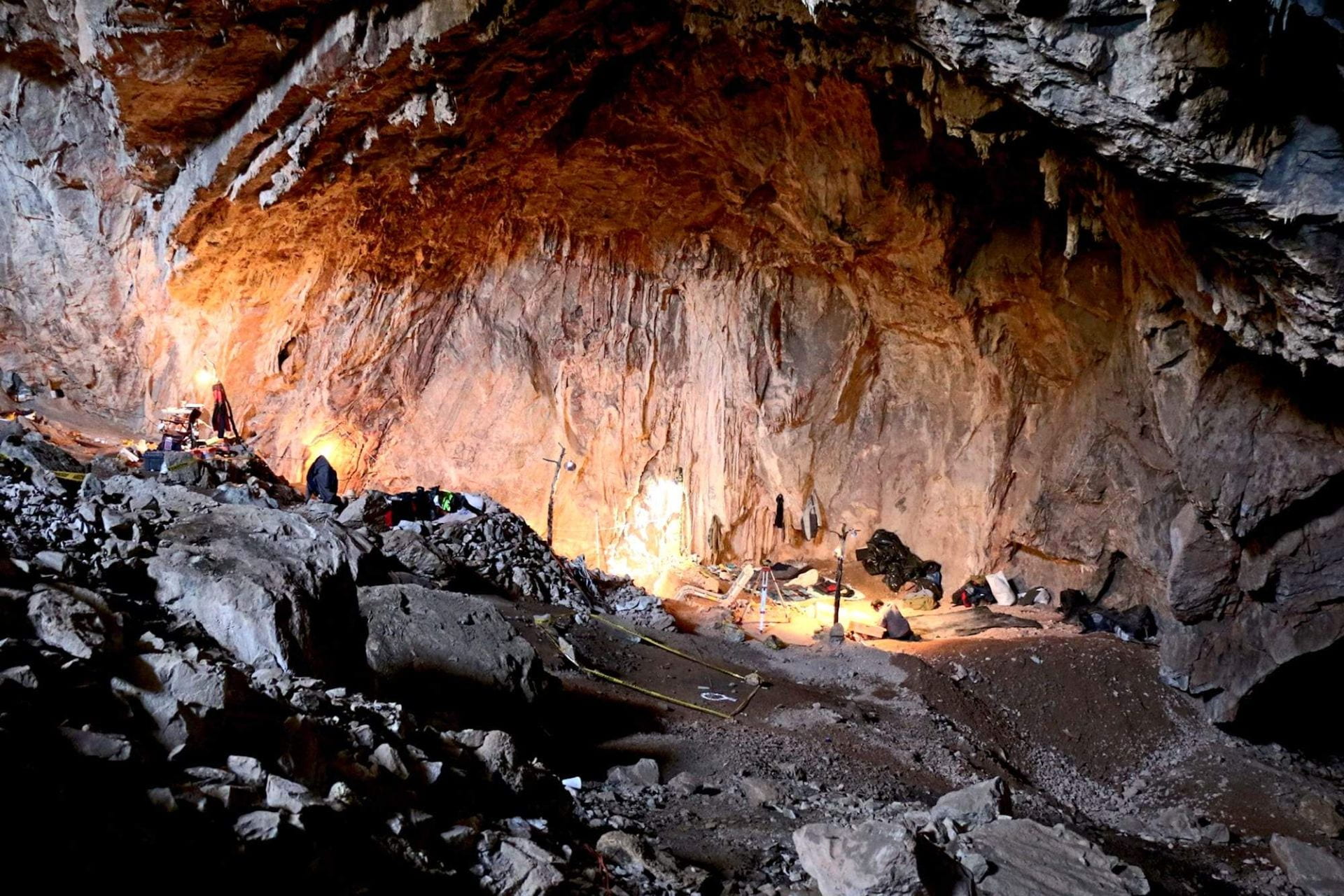
It’s widely accepted among archeologists that human occupation in the Americas occurred roughly 16,000 years ago. But in 2020, researchers studying Chiquihuite Cave in Zacatecas, Mexico reported finding evidence of human occupation as far back as 30,000 years ago. Who’s right?
Dr. David Kilby, Professor of Anthropology at Texas State University, and his colleagues, Dr. James Chatters and Dr. Ben Potter, sought to answer this question and explain the discrepancy.
Their article–“Evaluating Claims of Early Human Occupation at Chiquihuite Cave, Mexico” published in PaleoAmerica–says that the discrepancy stems from geofacts or products of natural processes that looked man-made.
The evidence presented in the original study relied on “the identification of the limestone fragments as artifacts,” such as scrapers, blades, flakes, and other items. However, these features do not provide enough evidence of tool production or human occupation. Analyses must consider the natural processes that could have made the same objects.
Because many of the objects in question were composed of the same materials in the cave, such as limestone, the objects might have also been made naturally from processes such as disintegration, roof fall, and mass movement of the cave fill.
Without other evidence, the team and other colleagues in archeology do not believe that Chiquihuite Cave provides enough proof of an early human presence in the Americas.
The study shows how research can help us not only understand the present, but also the past.
